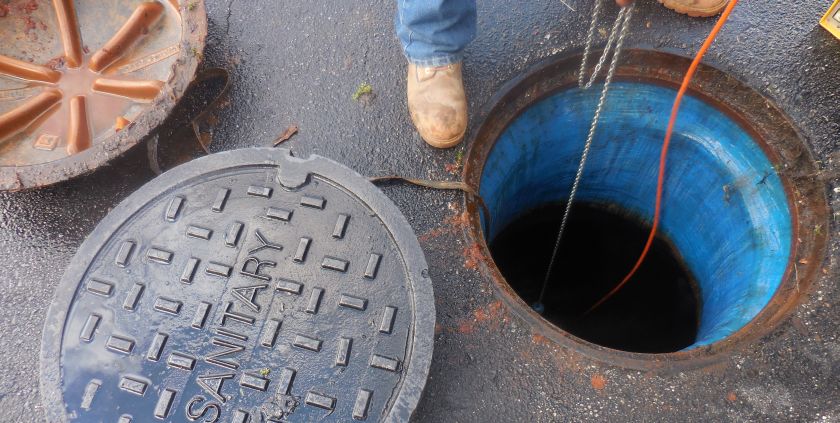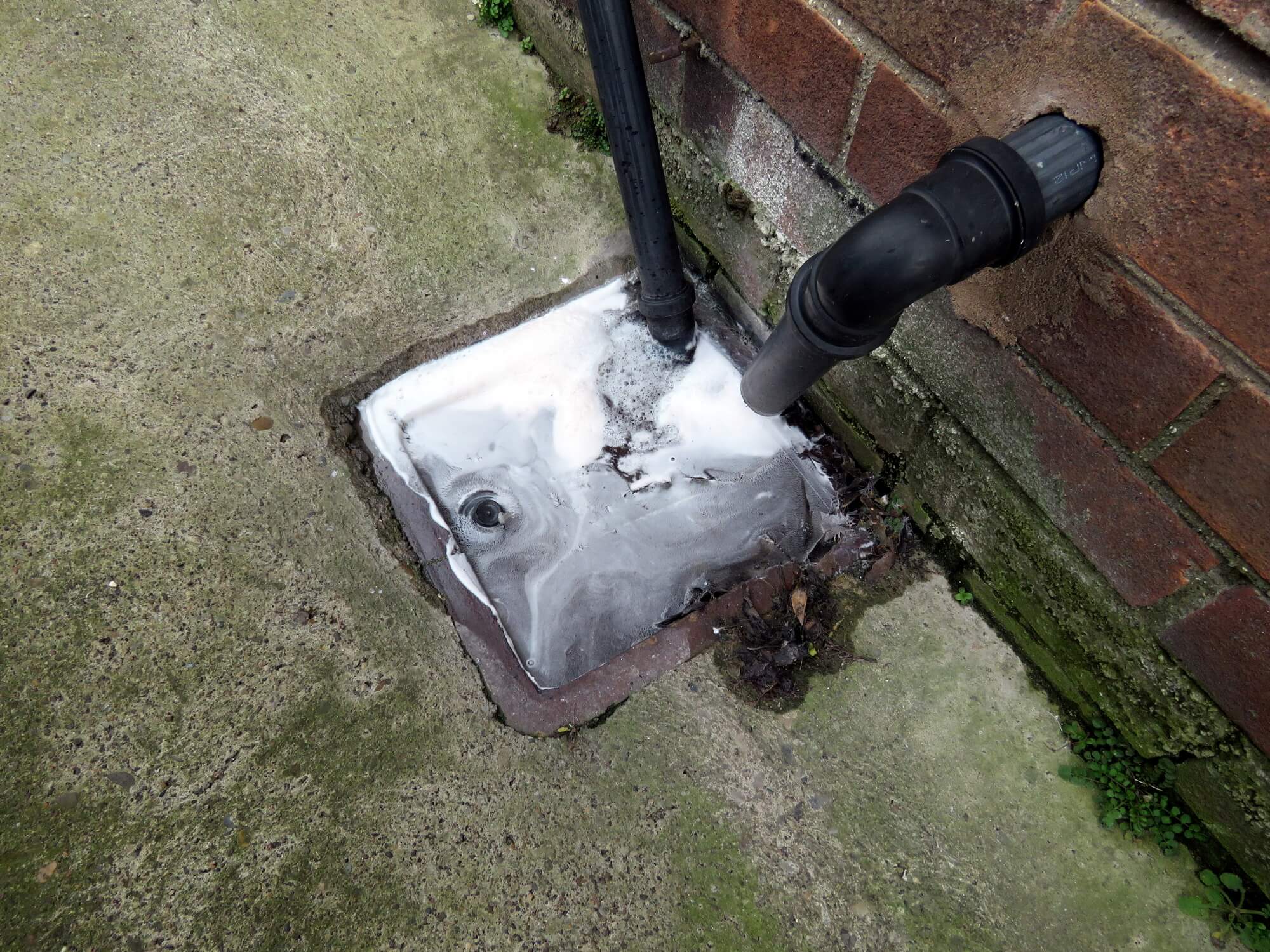Tips for Dealing with a Blocked Drain Before Calling Professional Plumbers
Tips for Dealing with a Blocked Drain Before Calling Professional Plumbers
Blog Article
They are making a number of good annotation on the subject of What I learned from trying to deal with a clogged drain overall in the article in the next paragraphs.

Introduction
Taking care of an obstructed drain can be a discouraging experience, interfering with daily activities and potentially triggering damage to your home. However, before connecting to plumbing experts, there are actions you can take to attend to the issue yourself. In this overview, we'll discover do it yourself solutions and safety nets to tackle a blocked drain properly.
Determining the Issue
The primary step in attending to a blocked drain is identifying the indicators. Sluggish drainage, gurgling noises, foul odors emanating from drains, or water backing up prevail signs of an obstructed drain. Determining these indicators early can help stop better problems.
Selecting the Right Pipes Solution
When choosing a pipes solution, take into consideration factors such as experience, licensing, and customer evaluations. Select a trusted plumbing technician with a performance history of high quality workmanship and transparent pricing methods.
Expense Factors to consider
The expense of specialist drain cleaning services can vary depending upon the intensity of the clog and the plumbing's prices. Request quotes from multiple service providers and inquire about any kind of surcharges to guarantee openness and prevent shocks.
Safety Measures
When trying do it yourself drainpipe cleansing, focus on security. Use protective handwear covers and eyeglasses to prevent contact with damaging chemicals or bacteria. Never blend different drainpipe cleaning products, as this can produce harmful fumes.
Instance Studies
Real-life examples show the effectiveness of DIY options and the importance of timely expert treatment in dealing with drain obstructions.
Typical Root Causes Of Blocked Drains
Comprehending the factors that contribute to drain pipes clogs is crucial for reliable resolution. Common perpetrators include hair, soap residue, oil, food debris, and foreign items like hygienic products or paper towels. Tree origins invading below ground pipelines can also trigger substantial blockages.
DIY Solutions
For small blockages, a number of do it yourself solutions can be effective. Pouring boiling water down the drainpipe can aid liquify grease and debris. Sodium bicarbonate and vinegar or a mixture of salt and baking soft drink can work as natural cleaners. Making use of a bettor or pipes snake to remove blockages is one more alternative.
Tools and Equipment
Having the right devices available can make DIY drain cleaning a lot more effective. A plunger is a versatile tool for getting rid of blockages in sinks, bathrooms, and showers. A plumbing snake or auger can reach deeper obstructions, while drain cleaning chemicals can be used carefully for persistent obstructions.
Preventive Measures
To prevent future obstructions, adopting preventive measures is important. Set up drain guards or filters to capture hair and debris before they get in the pipes. Frequently flush drains with warm water to liquify grease build-up, and stay clear of taking care of oil or solid waste away.
When to Call an Expert
While do it yourself services can resolve minor obstructions, certain indications show the requirement for specialist assistance. Consistent obstructions, foul odors despite cleansing efforts, or several drains pipes supporting at the same time are warnings that necessitate expert intervention.
Verdict
By adhering to the ideas detailed in this overview, you can efficiently deal with blocked drains and stop future pipes concerns. Whether opting for DIY solutions or seeking professional support, prompt action is key to keeping a healthy pipes system and protecting the integrity of your home.
WHAT I LEARNED FROM TRYING TO DEAL WITH A CLOGGED DRAIN
We have had our share of seepages and other annoying things that are part of living, especially in an apartment complex. And if there’s one thing that’s terrifying for a homeowner—or even someone in a rented home—it is a clogged drain, indoors or outdoors.
We enjoy our living space, but it’s simply a fact of life that dead skin, soap and a host of other items go down the drain; eventually, the residue builds up and prevents anything from moving. Ugh.
Not Calling A Professional
Of course, it might seem simple to just whip the pipe off under the sink and see if you can unblock it. Unfortunately, what if the blockage isn’t there, or you don’t reconnect it properly? Worse, you might break a piece and have no drainage system. Can you imagine that scene? Yuck!
Not Watching Your Waste
This will sound d’uh, but the best tip I can give you for drain cleaning is to avoid clogging the drain in the first place! You can do this by monitoring what goes down the drain and catching the items which are most likely to give you a problem. Invariably hair, vegetable peels, and large wads of toilet paper are the most obvious culprits. Add a filter—these are available in hardware stores and can be removed and cleaned easily.
Poking The Drain
The first urge with a clogged drain is to poke at it with a stick or anything that resembles a stick. Sadly, this does not result in magically solving the issue. The mental image is, naturally, one of the stick just pushing through the offending item and all is well again. Reality is quite different and unpleasant and likely to lead to further problems.
The thing is, every drain has a series of bends that are not visible to us. Drains are built this way to prevent gases from entering the house. What happens when you poke a stick into the drain? Of course, it can’t bend around the corner. The more adventurous people will use force and end up wedging the stick or causing it to break off in the pipe—creating an even bigger issue. Worst thing? The stick will shift the block further down the pipe, creating the space for more to collect. Go ahead! Roll your eyes!
Using The Wrong Plunger
You know what they say: the right tool for the right job! Did you know there are different types of plungers besides the basic one we keep at home for an emergency? Yes, there are. For example, the toilet plunger has a bell-shaped bottom while the sink plunger is flat. This is an important difference and using the wrong plunger will be useless. There’s also a knack in using plungers—they must be placed in such a way that they create an airtight seal and then, moved slowly up and down—not as fast as we imagine.
https://vidyasury.com/2018/01/learned-trying-deal-clogged-drain.html

I was introduced to that write-up on Some easy tips to fix blocked drains from an acquaintance on another site. If you please set aside a second to promote this blog entry if you enjoyed reading it. Thank you so much for going through it.
Book Your Appointment Report this page